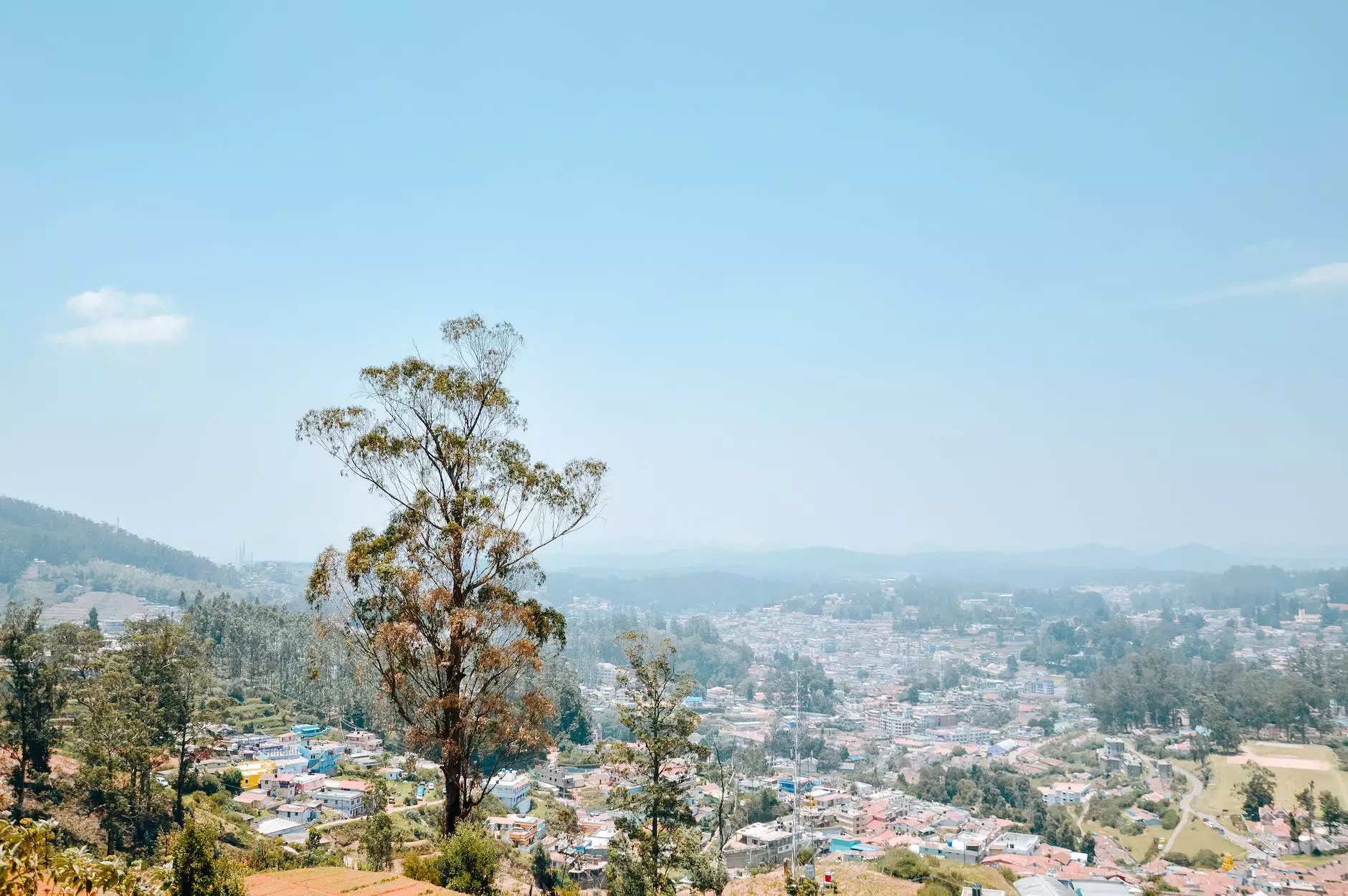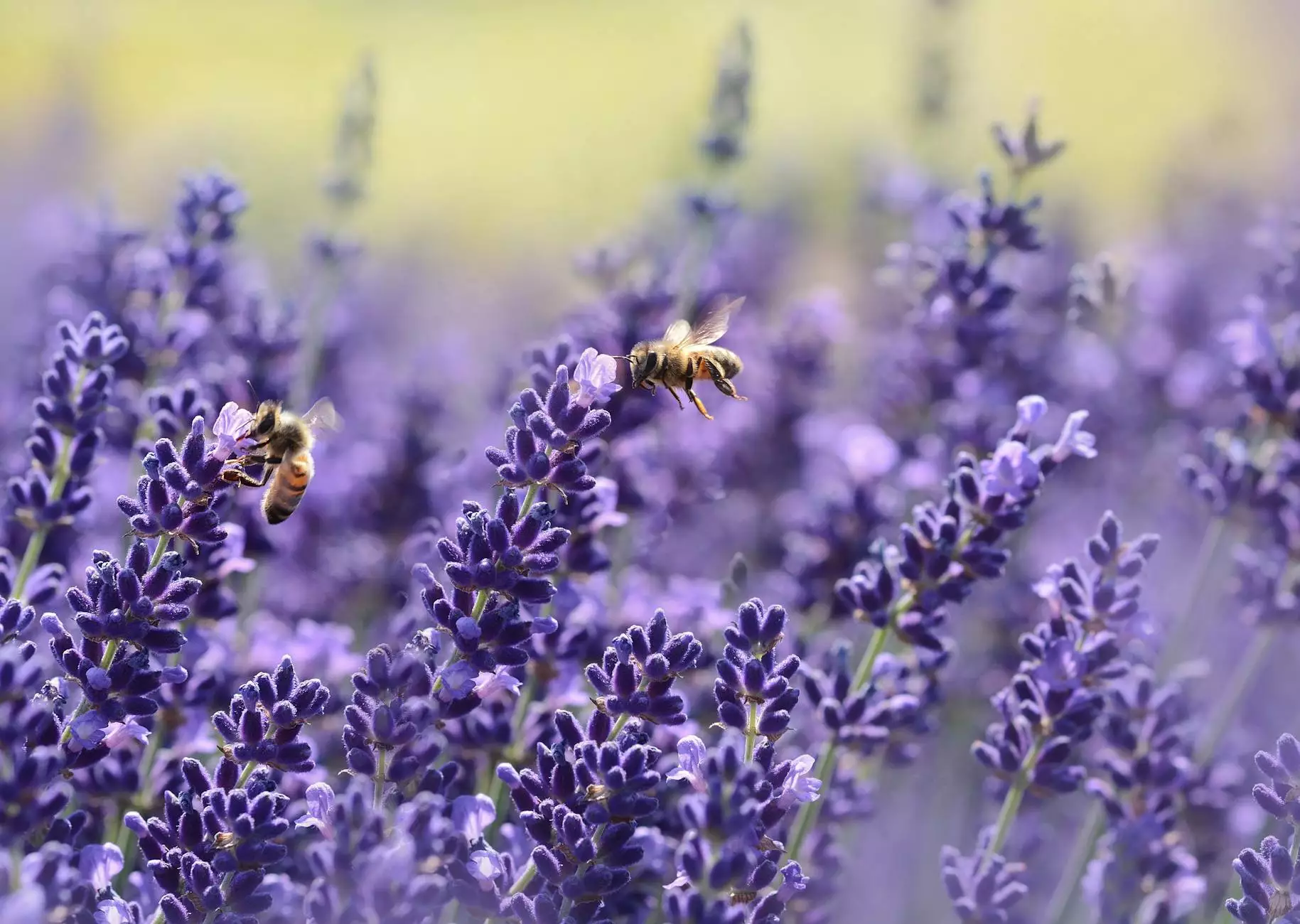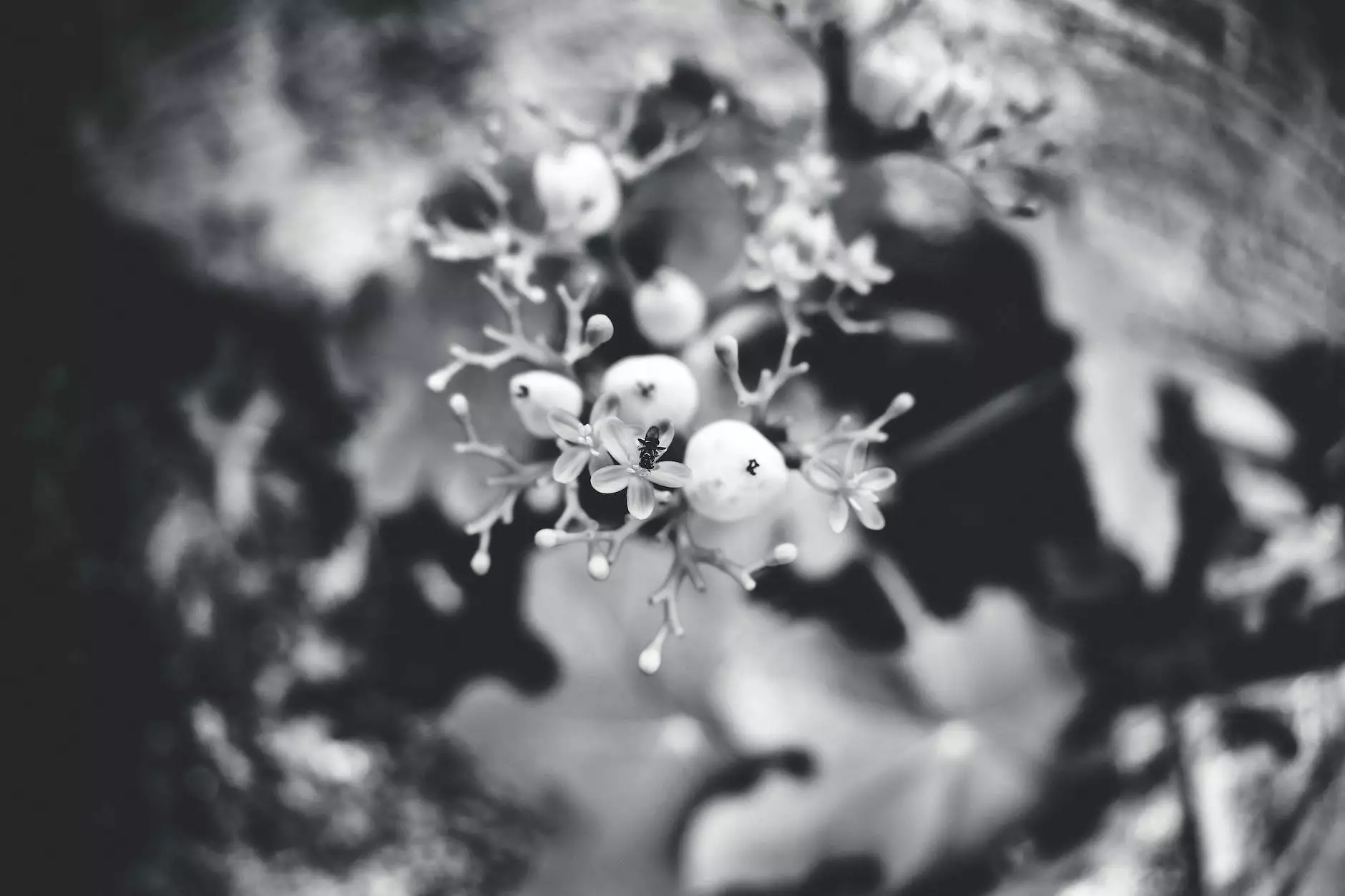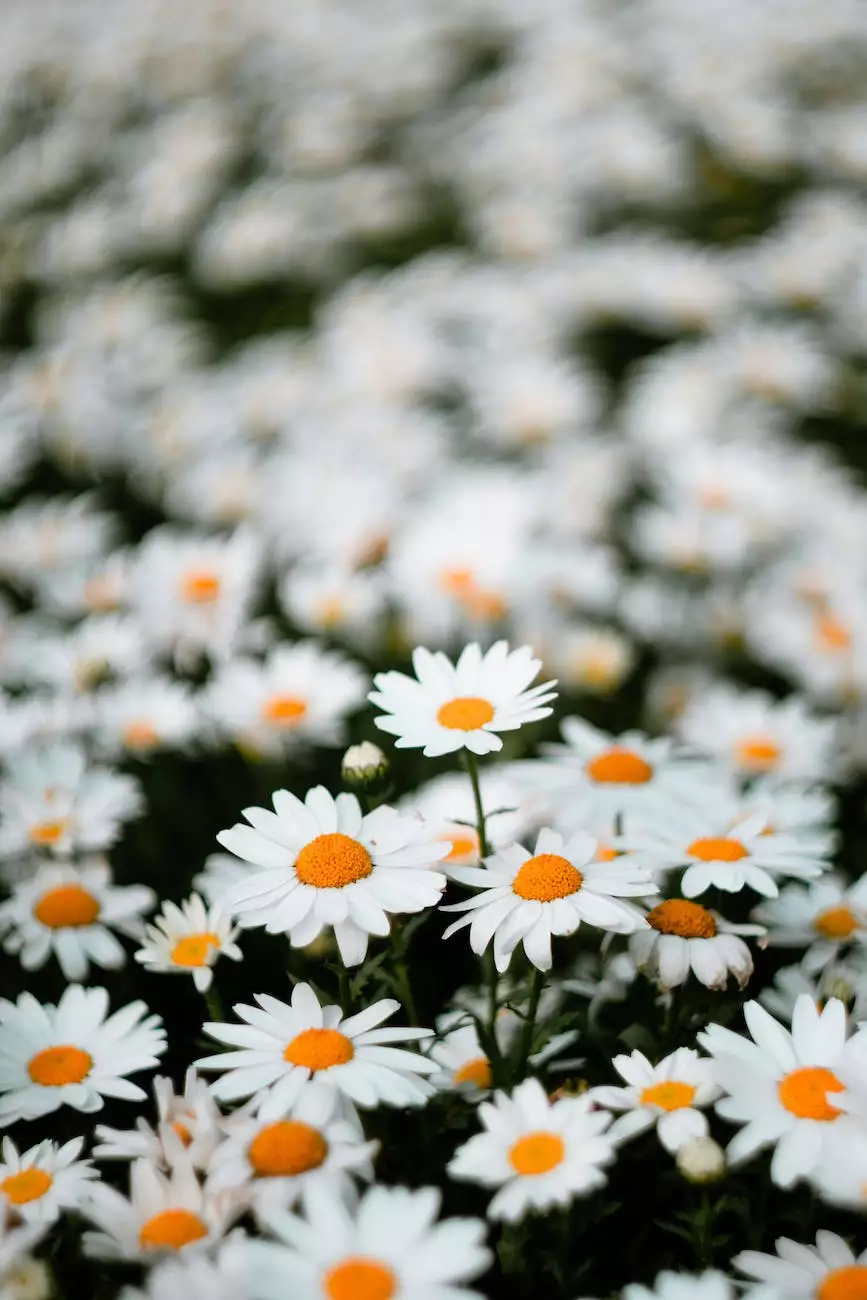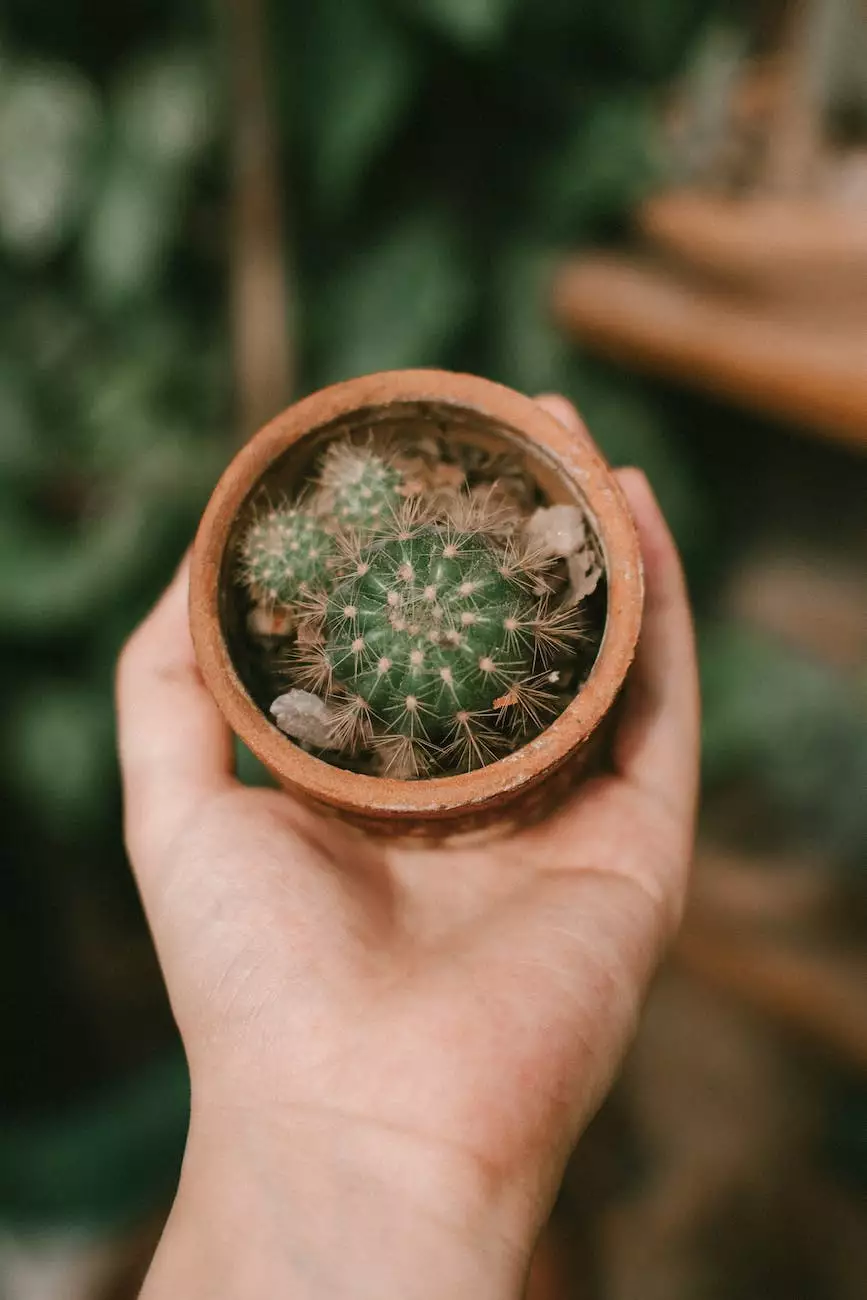Salvia nemorosa 'Blue Hill' | Blue Hill Meadow Sage
About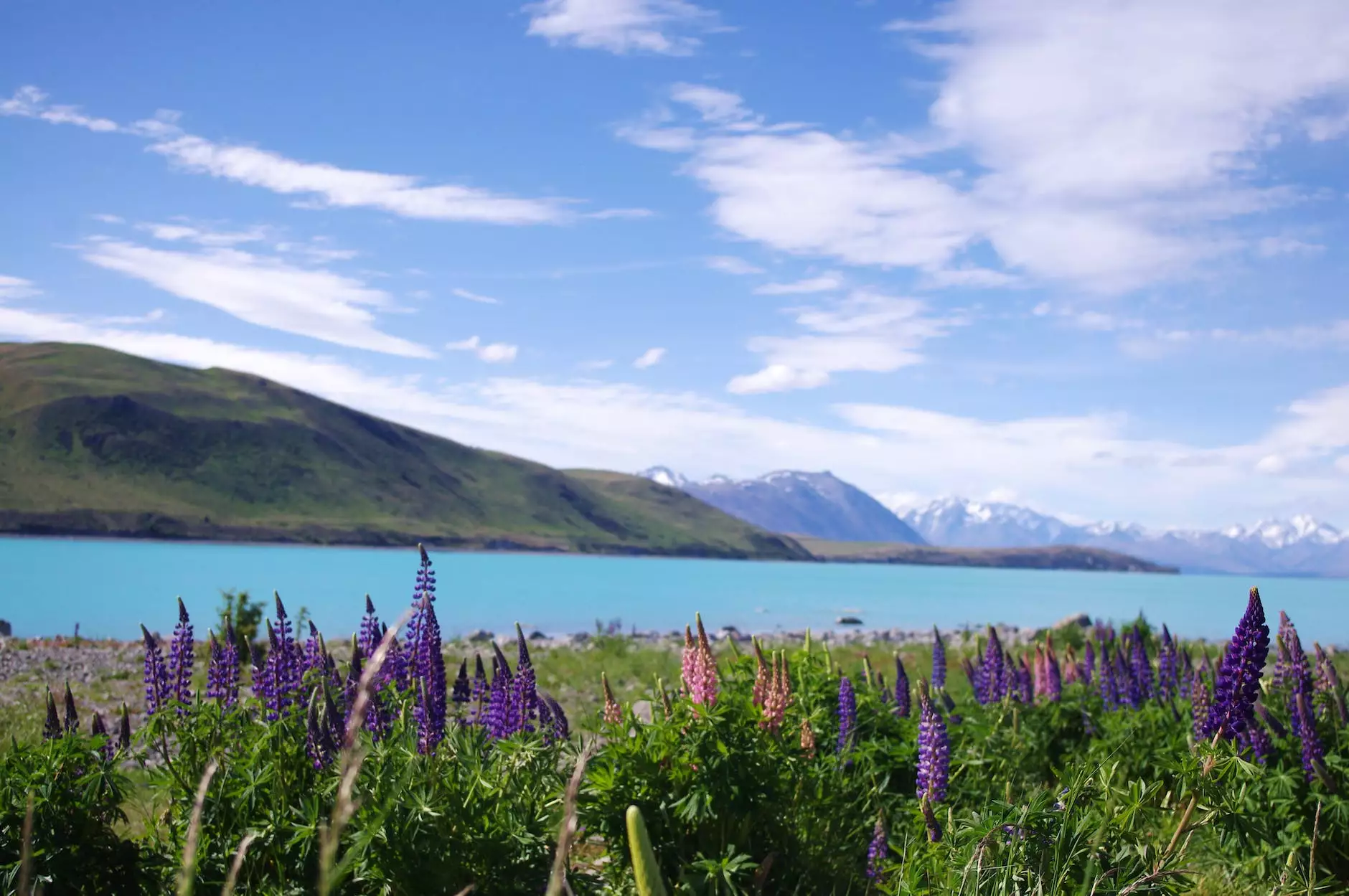
Introduction
Welcome to Pollen Bank, your trusted source for high-quality plants and gardening supplies. In this article, we will introduce you to the beautiful Salvia nemorosa 'Blue Hill,' also known as Blue Hill Meadow Sage. Explore its unique characteristics, learn valuable care tips, and discover how to incorporate this stunning plant into your garden design.
About Salvia nemorosa 'Blue Hill'
Salvia nemorosa 'Blue Hill' is a perennial herbaceous plant that belongs to the Lamiaceae family. It is native to Central and Eastern Europe, where it thrives in sunny meadows and open woodlands. This compact and bushy plant typically grows up to 18-24 inches in height, forming dense clumps of beautiful foliage and vibrant blue-purple flowers.
Characteristics
The Blue Hill Meadow Sage is well-loved for its unique characteristics. Its foliage consists of narrow, aromatic leaves that are gray-green in color. The flowers, which bloom from late spring to early summer, appear in dense, upright spikes above the foliage. They showcase a stunning blue hue with a touch of purple, attracting pollinators such as bees and butterflies to your garden.
Growing Conditions
To ensure the optimal growth of Salvia nemorosa 'Blue Hill,' provide it with the following growing conditions:
- Sunlight: This plant thrives in full sun to partial shade. Make sure it receives at least 6 hours of direct sunlight per day to promote strong and healthy growth.
- Soil: Blue Hill Meadow Sage prefers well-draining soil with a pH level between 6.5 and 7.5. Amend heavy clay or sandy soil with organic matter such as compost to improve drainage and fertility.
- Watering: While Salvia nemorosa is drought-tolerant once established, it appreciates regular watering during its initial growth period. Water deeply but infrequently, ensuring the soil is evenly moist.
- Temperature: This plant is hardy in USDA zones 4-9, making it suitable for a wide range of climates. It can withstand occasional frost and is highly resilient.
- Pruning: To encourage continuous blooming, deadhead the faded flowers regularly. Cut back the plant to the basal foliage in late fall or early spring to maintain its vigor and shape.
Incorporating Blue Hill Meadow Sage Into Your Garden Design
Salvia nemorosa 'Blue Hill' can add a touch of beauty and elegance to any garden design. Here are a few ideas for incorporating this stunning plant into your outdoor space:
1. Cottage Garden
Create a soft and romantic cottage garden by planting Blue Hill Meadow Sage alongside other classic perennials such as roses, peonies, and lavender. The vibrant blue flowers will complement the pastel color palette, adding a delightful burst of color to your garden.
2. Pollinator Garden
Attract pollinators to your garden by including Salvia nemorosa 'Blue Hill.' The nectar-rich flowers will entice bees, butterflies, and hummingbirds, creating a vibrant and lively ecosystem in your backyard. Pair it with other pollinator-friendly plants like echinacea and milkweed for even more attraction.
3. Border or Mass Planting
Use Blue Hill Meadow Sage as a border plant or mass plant it for a dramatic effect. The compact growth habit and upright spikes of flowers will create a stunning visual impact along garden paths, borders, or as a backdrop for other perennials.
Shop Salvia nemorosa 'Blue Hill' at Pollen Bank
Ready to bring the beauty of Salvia nemorosa 'Blue Hill' to your garden? Visit Pollen Bank today to explore our wide selection of high-quality plants and gardening supplies. We pride ourselves on providing top-notch products and expert advice to help you create the garden of your dreams.
Ready to shop? Browse our website and conveniently place your order online, or visit our physical store location for a personalized shopping experience. We offer competitive prices, fast shipping, and excellent customer service to ensure your satisfaction. Join our growing community of passionate gardeners and let Pollen Bank be your go-to destination for all your gardening needs.
